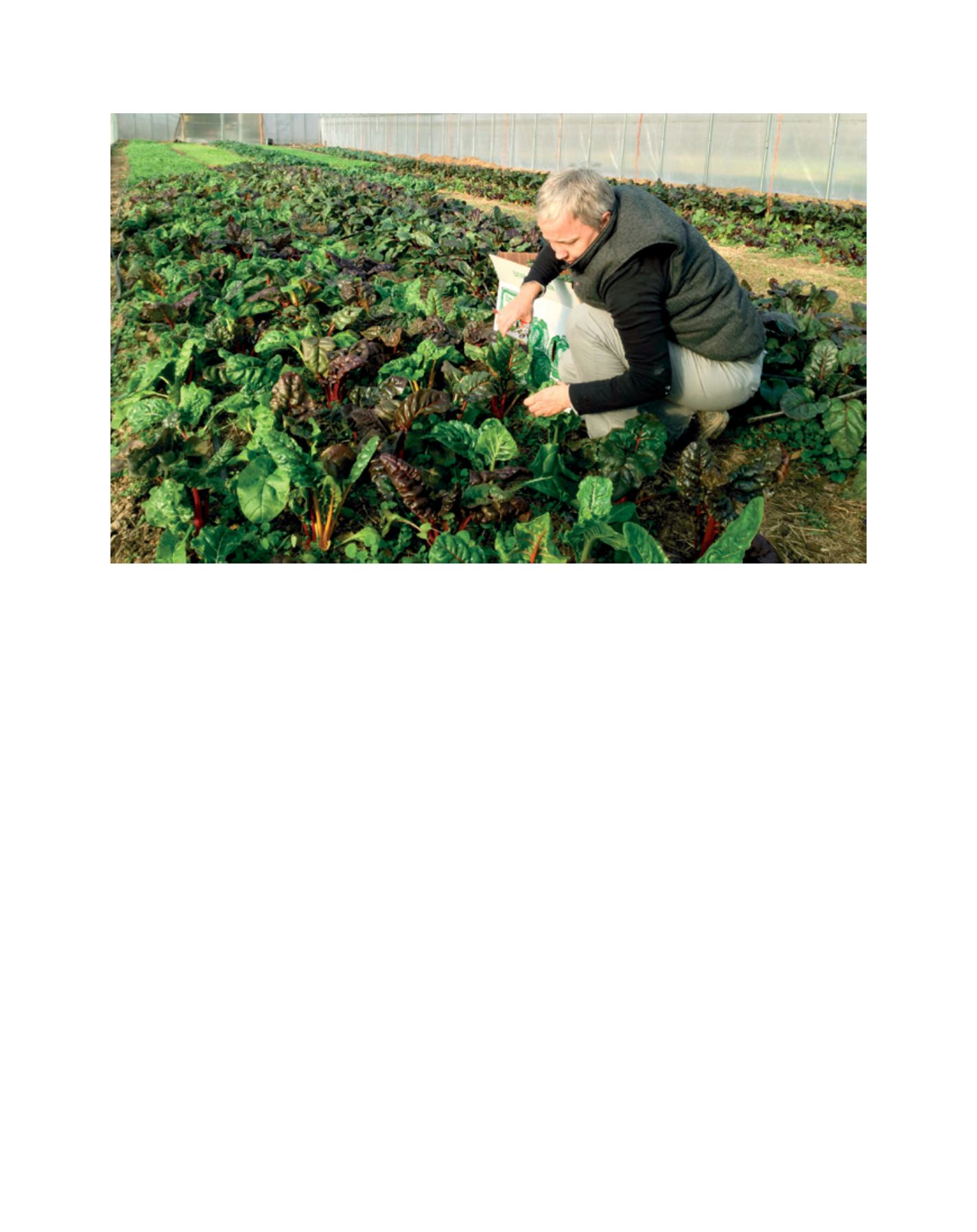

[
] 110
the country level, both in developing and developed coun-
tries, family farming is the predominant form of agriculture in
the food production sector. Within this framework, the devel-
opment of viable modalities of family farming is essential for
the achievement of sustainable development in agricultural,
forestry and fishery production systems.
More than 99.9 per cent of COFAG members who are small-
holders qualify as family farmers. In Ghana family farming
makes contributions to the socioeconomic development of
communities in the way of personal, household, community
and national food and nutrition security, jobs/livelihoods,
unpaid and uncompensated environmental services such as
carbon credit, and raw materials. However, at the moment
there are no policies in place in Ghana to support family
farmers or the family farming model.
COFAG would like to see some of the following mech-
anisms of support and policies in place to reinforce the
family farming model: diversification of livelihoods and
income sources; accumulation of assets; appropriate mix of
flexible and diversified financing mechanisms and instru-
ments; special and social protection measures; strengthening
knowledge, skills and capacity; flexible financing instru-
ments; social protection; capacity building to manage and
prevent risks and disasters; sustainable agricultural intensi-
fication; consideration of ecosystems in food and nutrition
security; the avoidance of food waste and losses as a result
of irresponsible consumption and post-harvest losses; impli-
cations for the post-2015 Millennium Development Goals
and Sustainable Development Goals; accessibility, resources,
information, technology, capital, assets, relative power;
smallholder family farms and cooperatives at the centre of
efforts and investments related to food and nutrition secu-
rity; more secure access to land and water; access to financial
services to pay for seed, tools and fertilizer; access to better
markets as incentives to invest in improving production,
with less risks; improved infrastructure and transportation;
access to technology for up-to-date and reliable market
information; stronger organizations and cooperatives;
deliberate targeting of special measures for gender, ethnic
and age-related access to power, opportunities, capacity
and resources; local accessibility of resources and markets;
small farms as professional rural enterprises; economies of
scale, bargaining power and higher prices; vertical links into
upper levels of the input-supply-production-processing-
wholesaling chain; prioritization of developing countries
and sub-Saharan Africa by taking action now.
In Ethiopia, according to Daniel Gad, Ethiopian
Horticulture Cooperative (EHC) board chairman: “The
family unit members are actively involved in farming activi-
ties. Contribution of family members is compensated via seed,
grain for food, food items, and/or cash. [There is] shared labor
for agricultural outputs by members of a group defined as
family by local tradition and legal entities.”
In Ethiopia family farms make up the majority of small-
holder farmers. Most reports estimate this to be up to 60
million farmers. Family farms contribute as much as 60 per
cent of the national crop output. EHC is a cooperative made
up of small to medium-sized commercial farmers who may
have groups of smallholder/family farmers making up part of
their out-grower schemes.
Family farmer Hannah Smith-Brubaker tending to her chard at Village Acres Farm in Mifflintown, Pennsylvania, USA
Image: Debra Brubaker, Village Acres Farm, USA
D
eep
R
oots
















